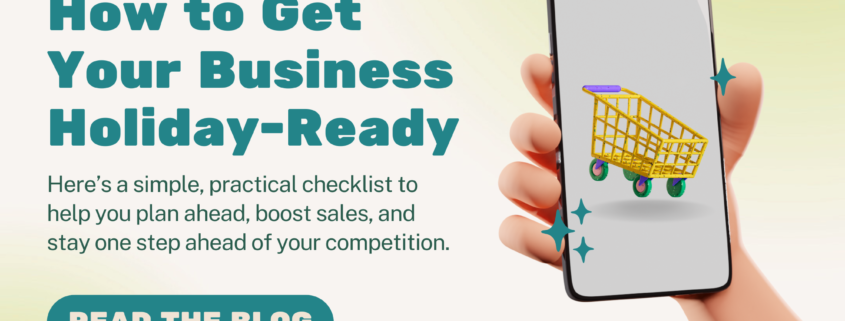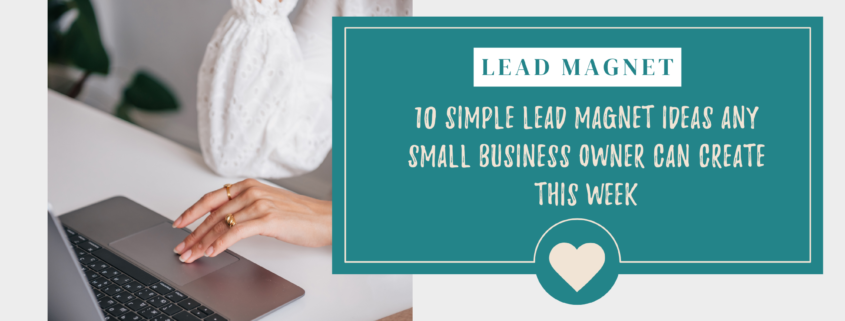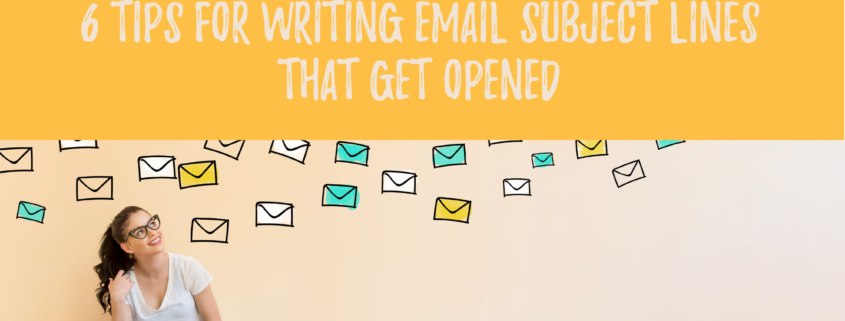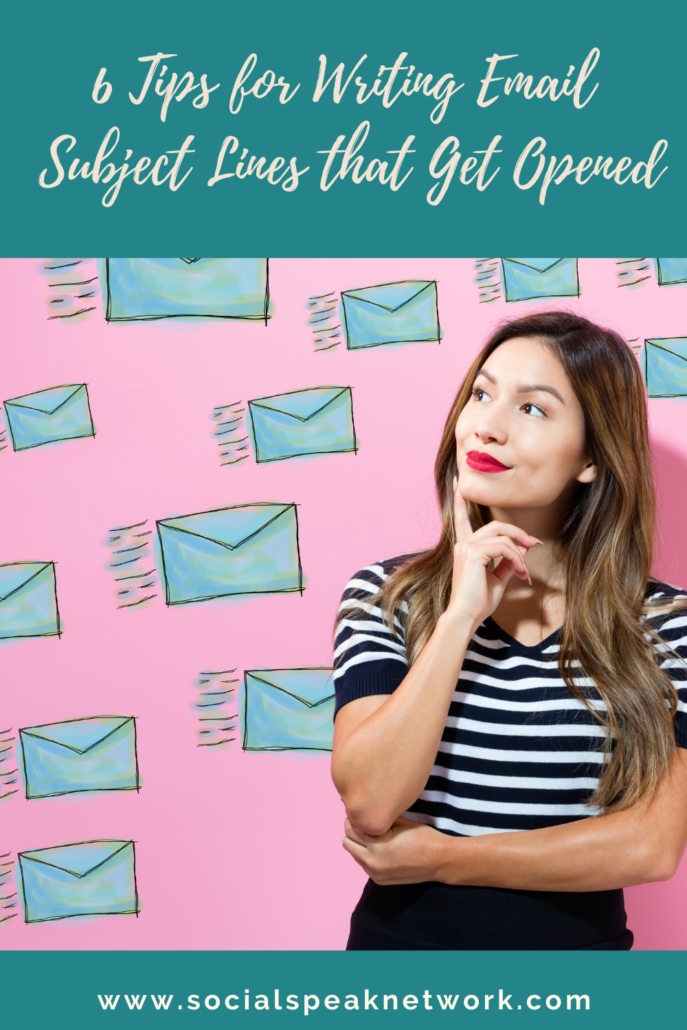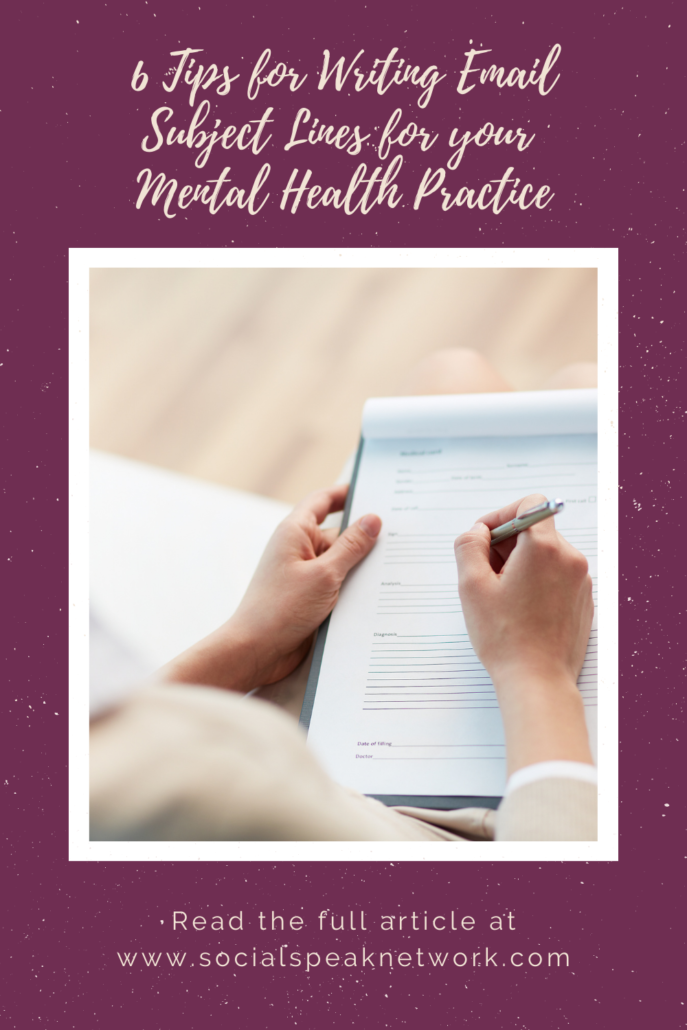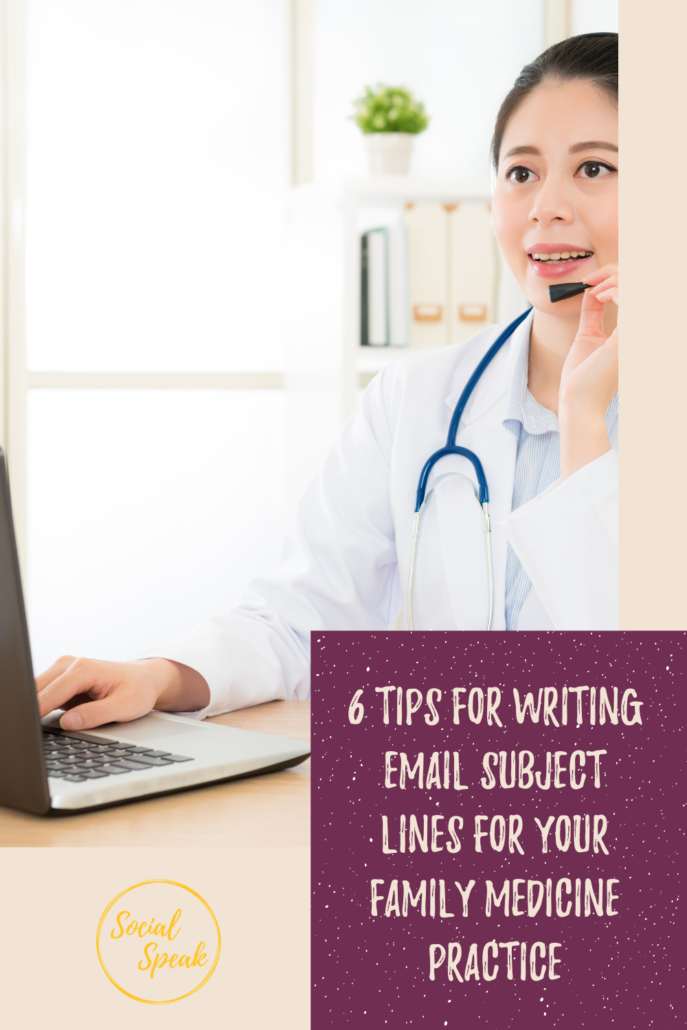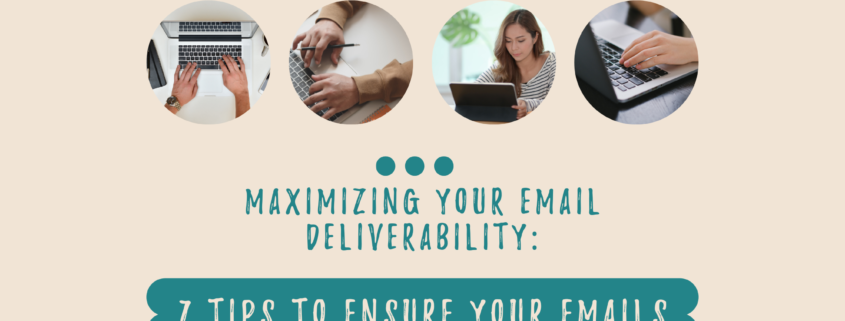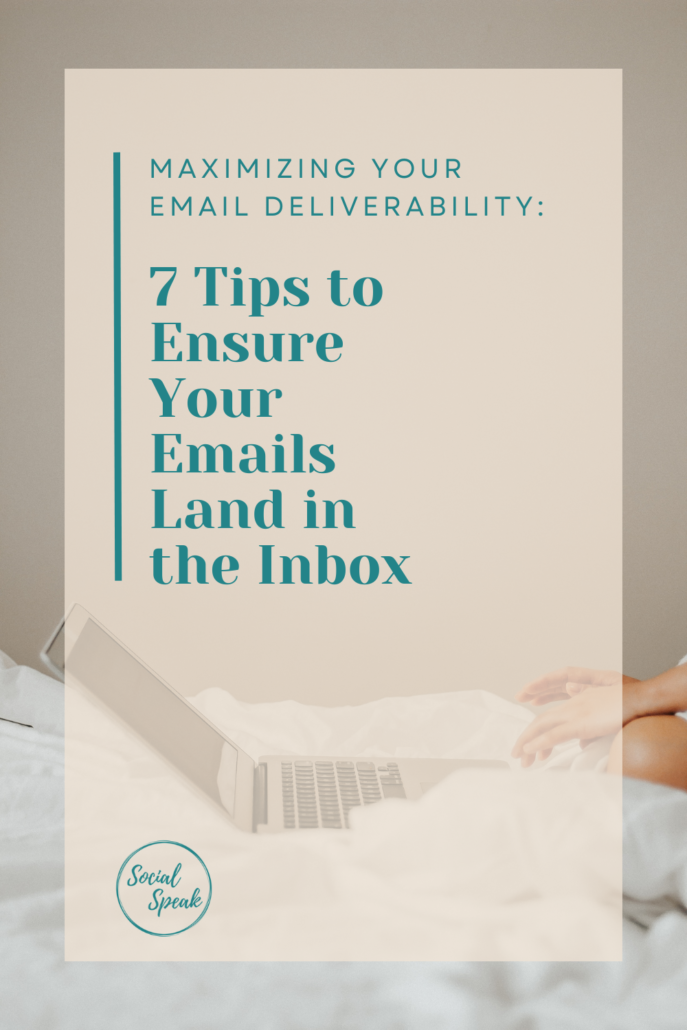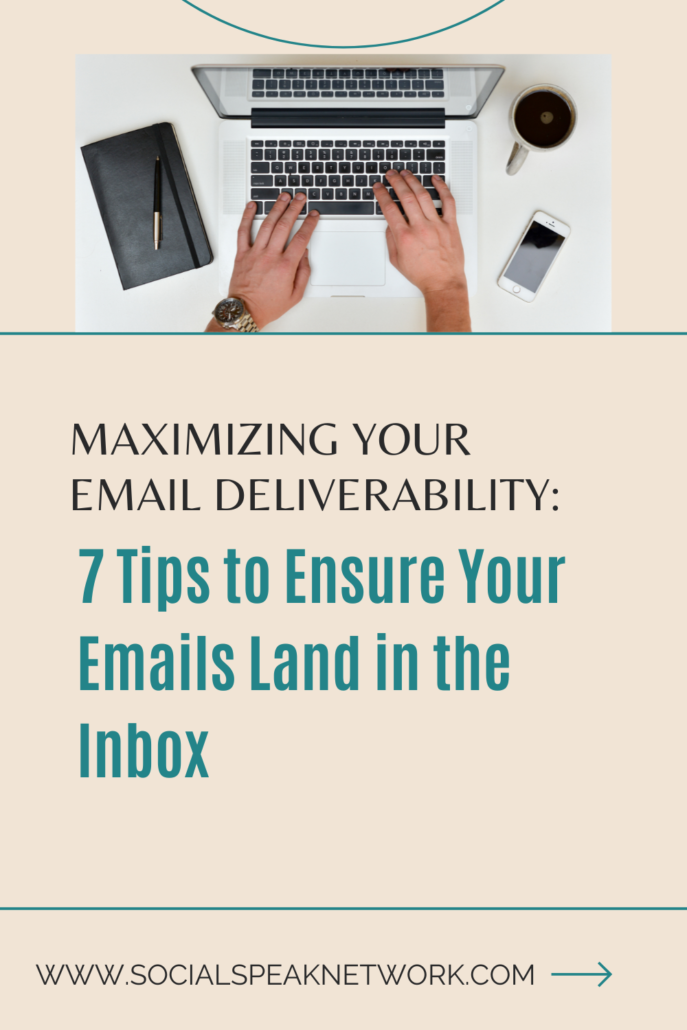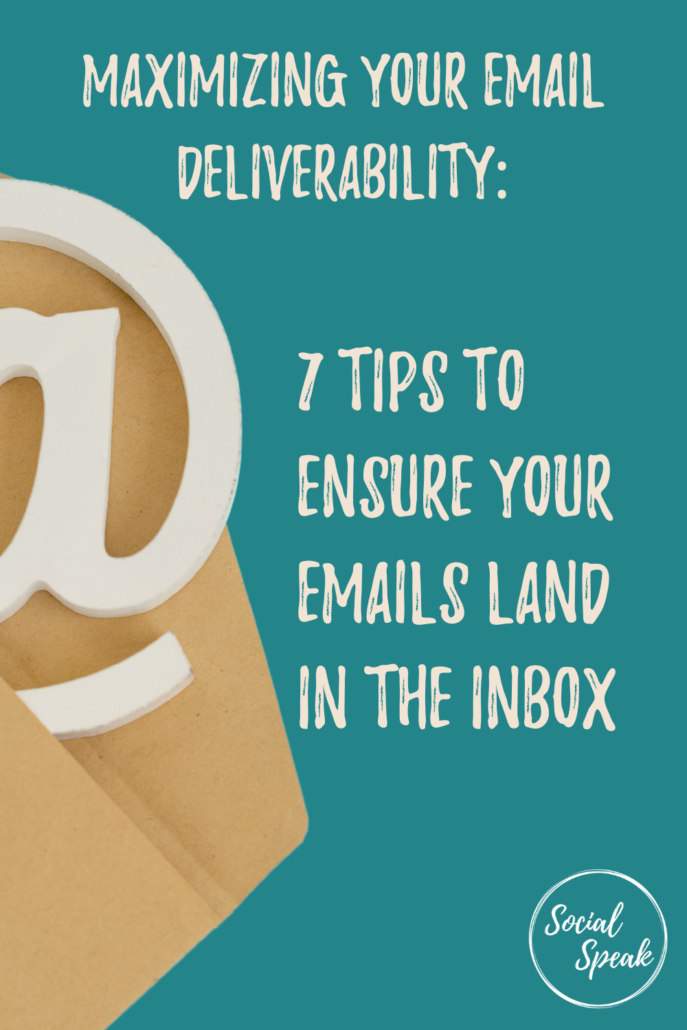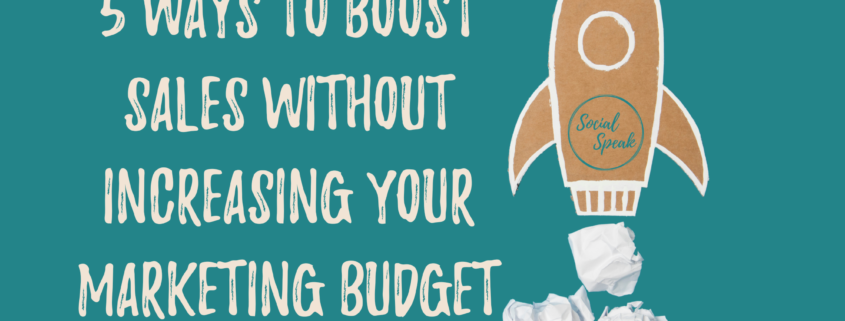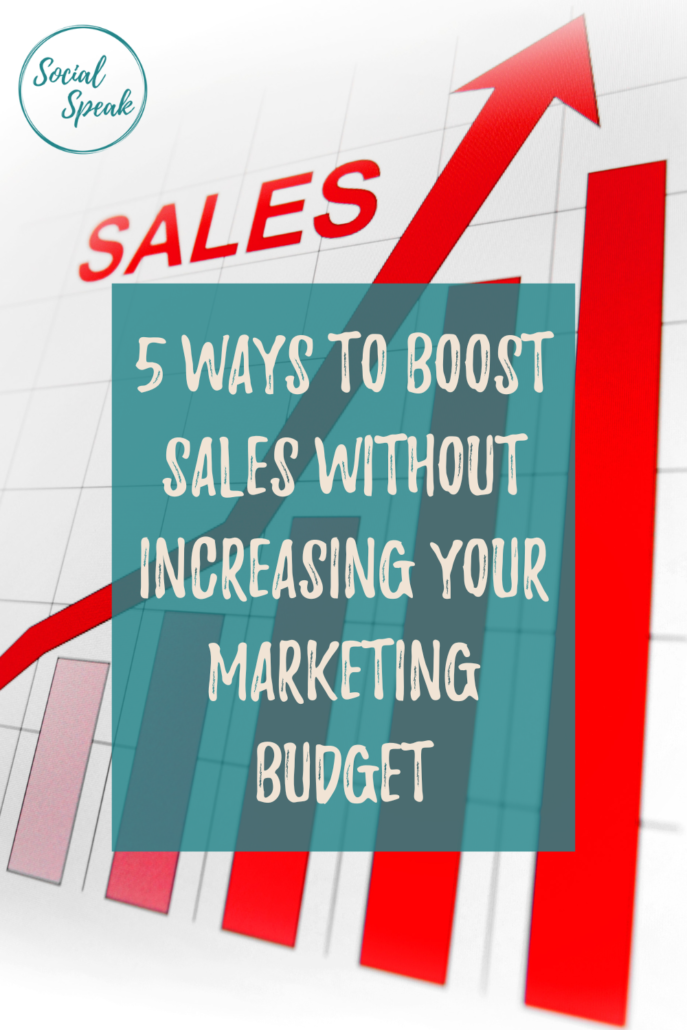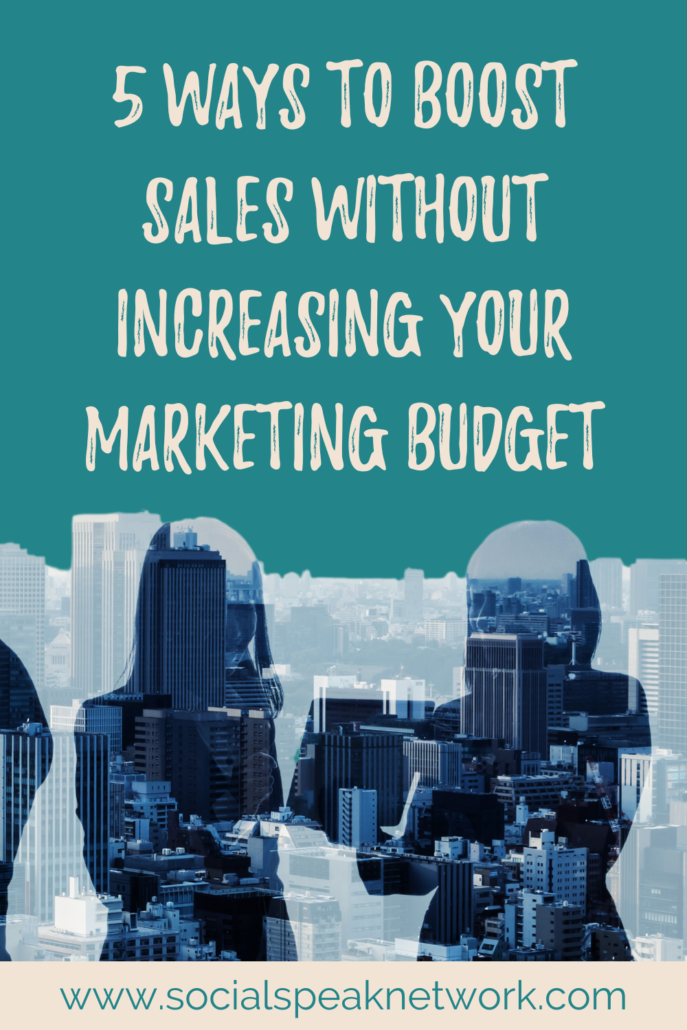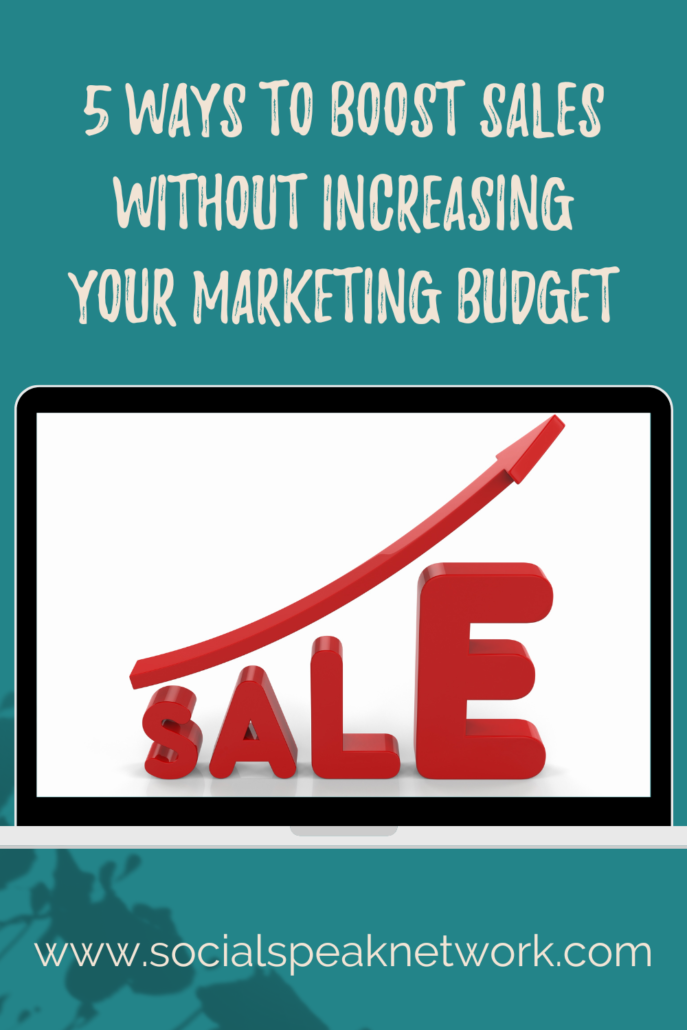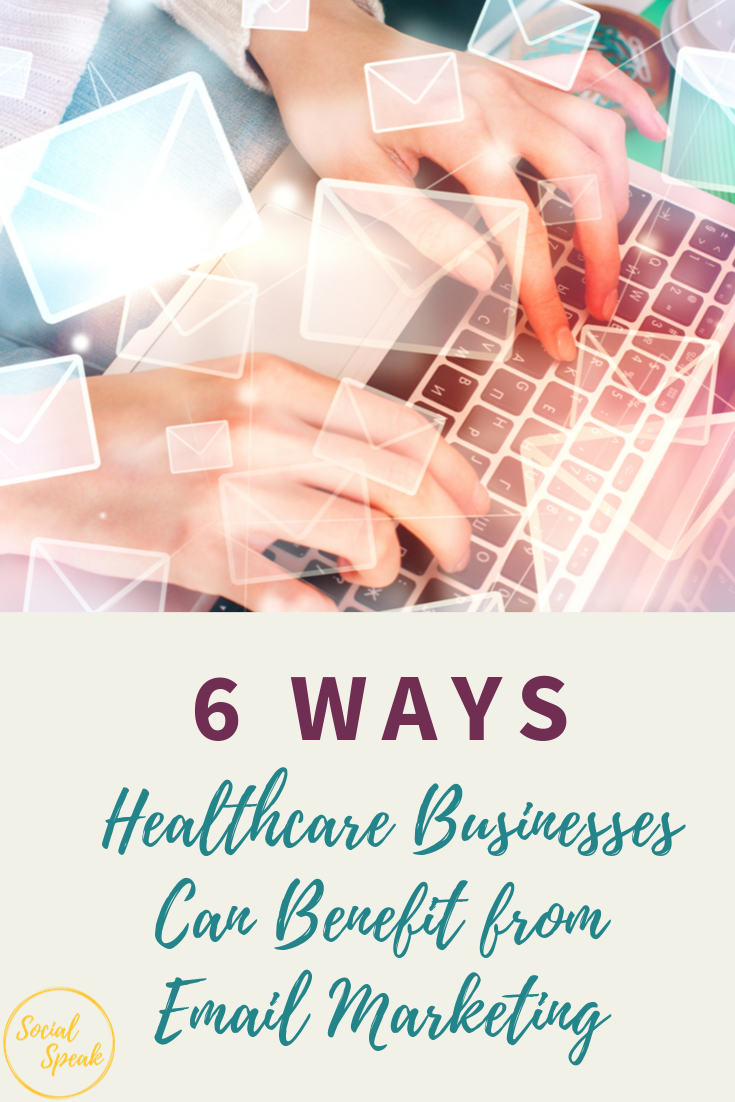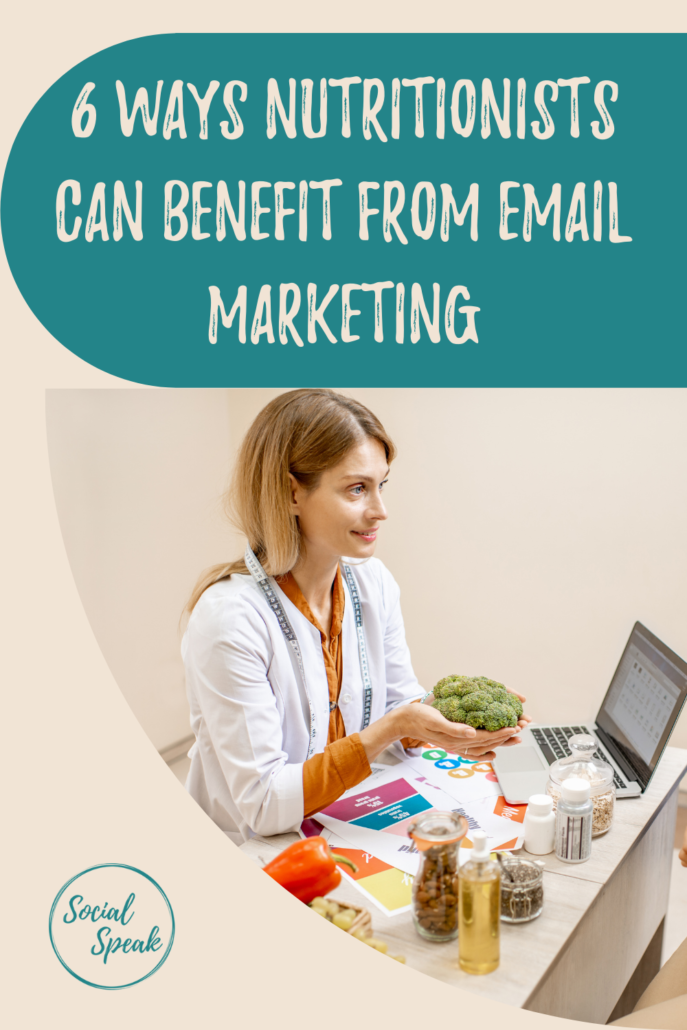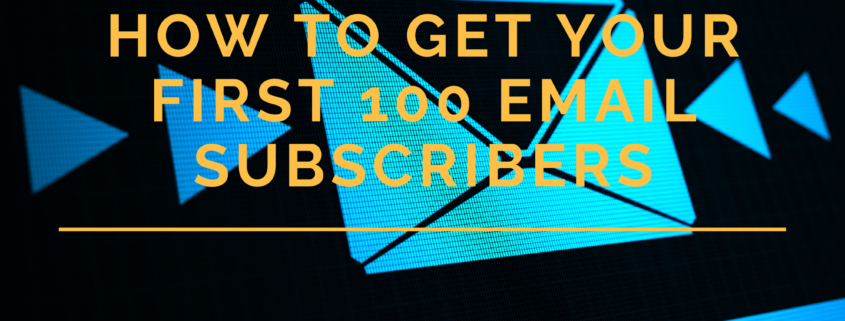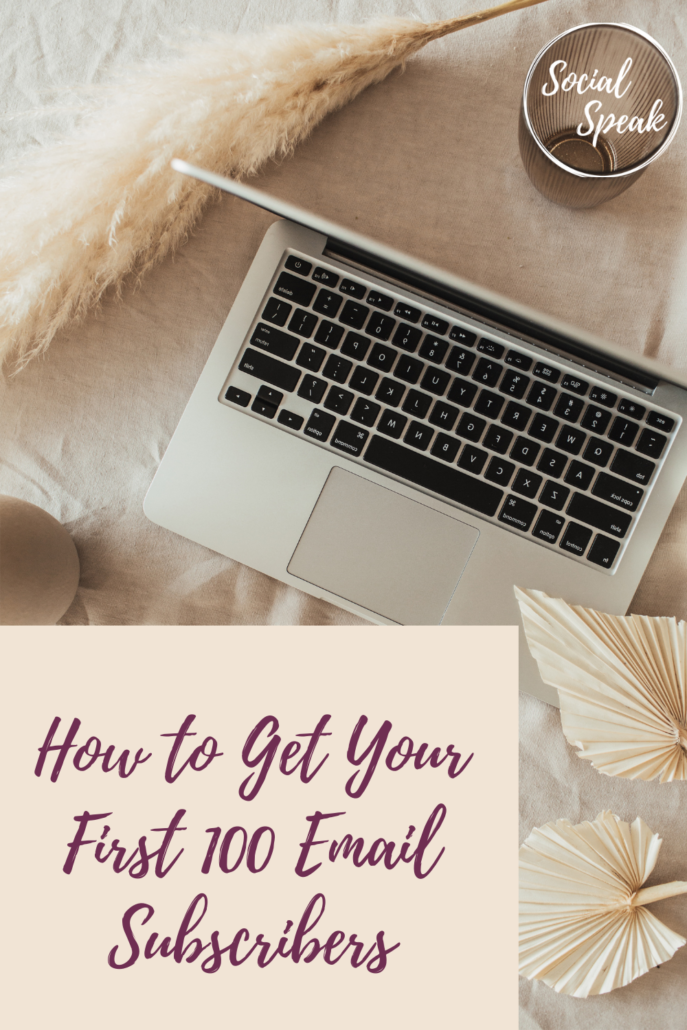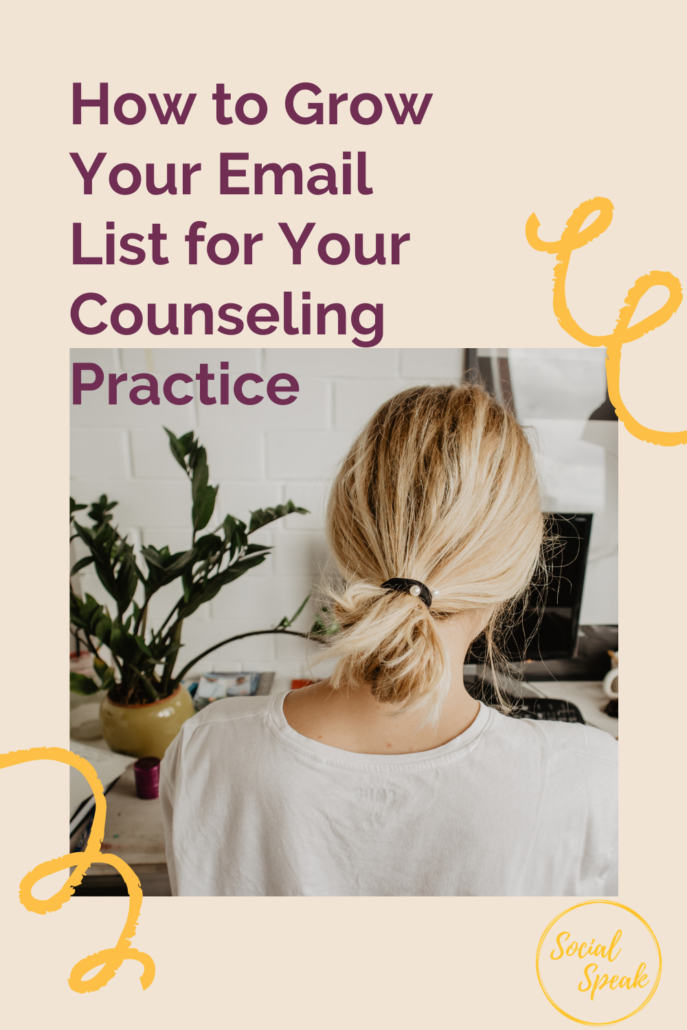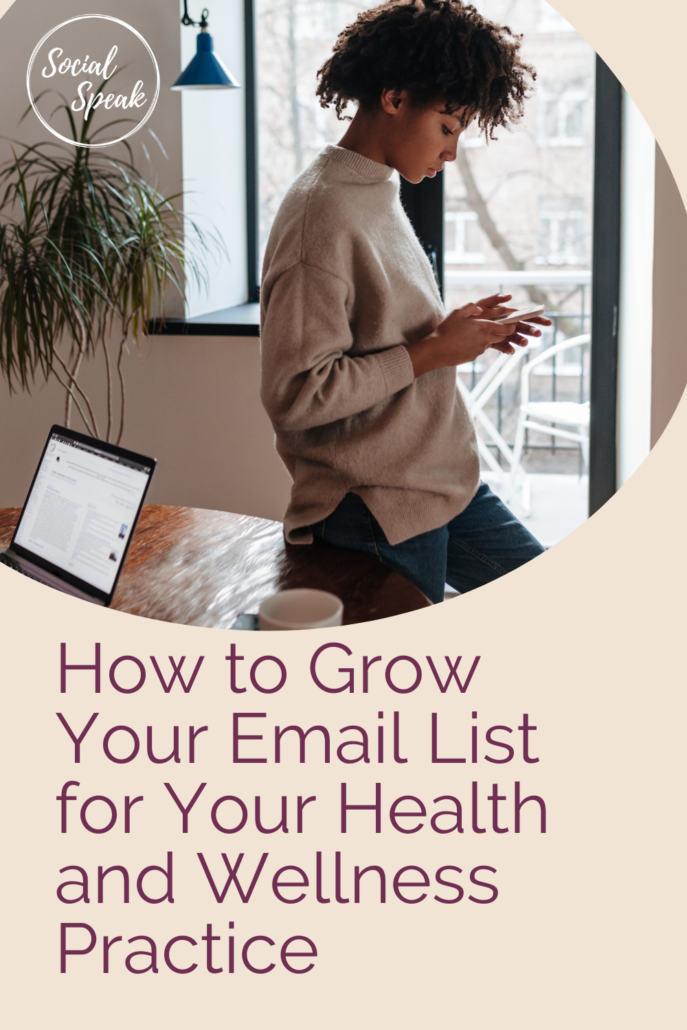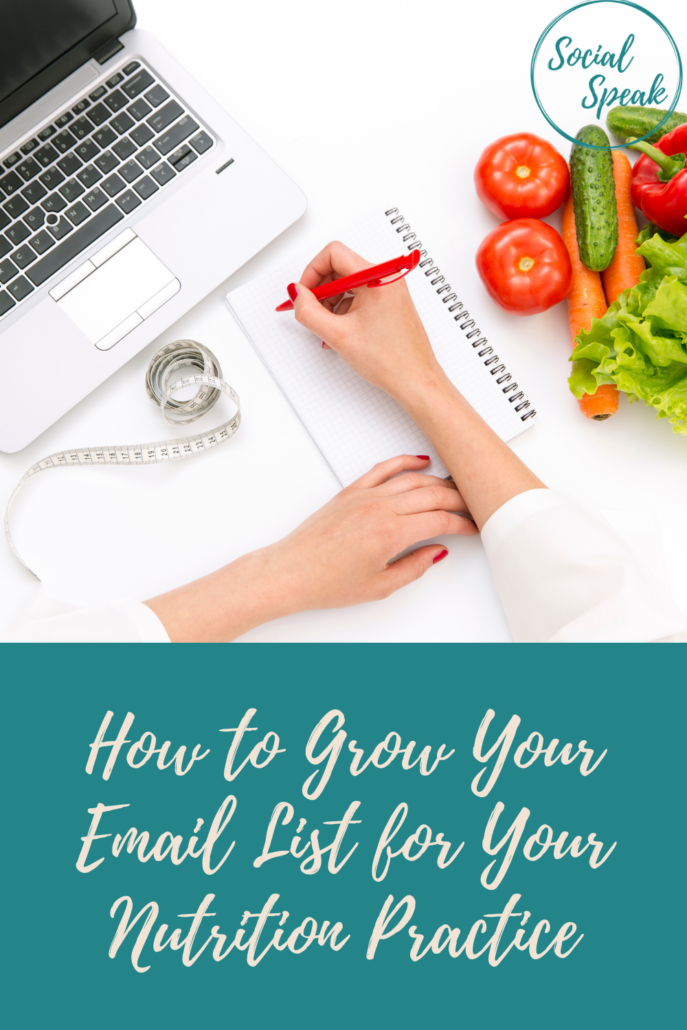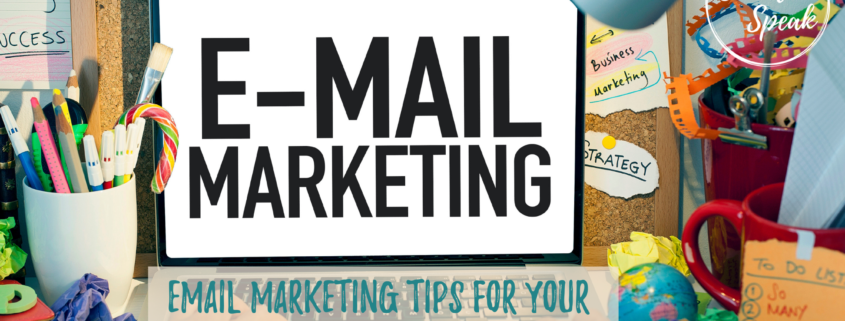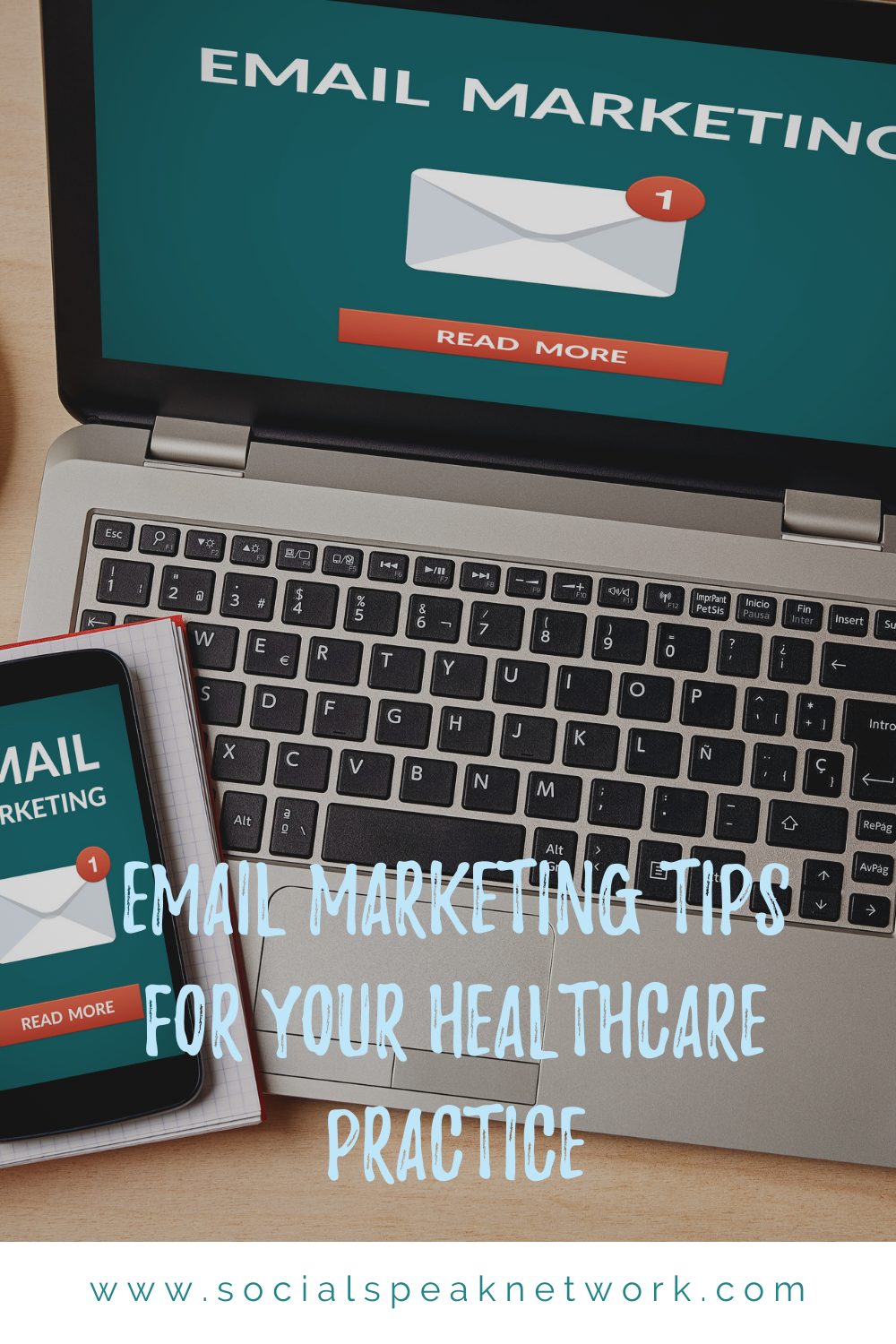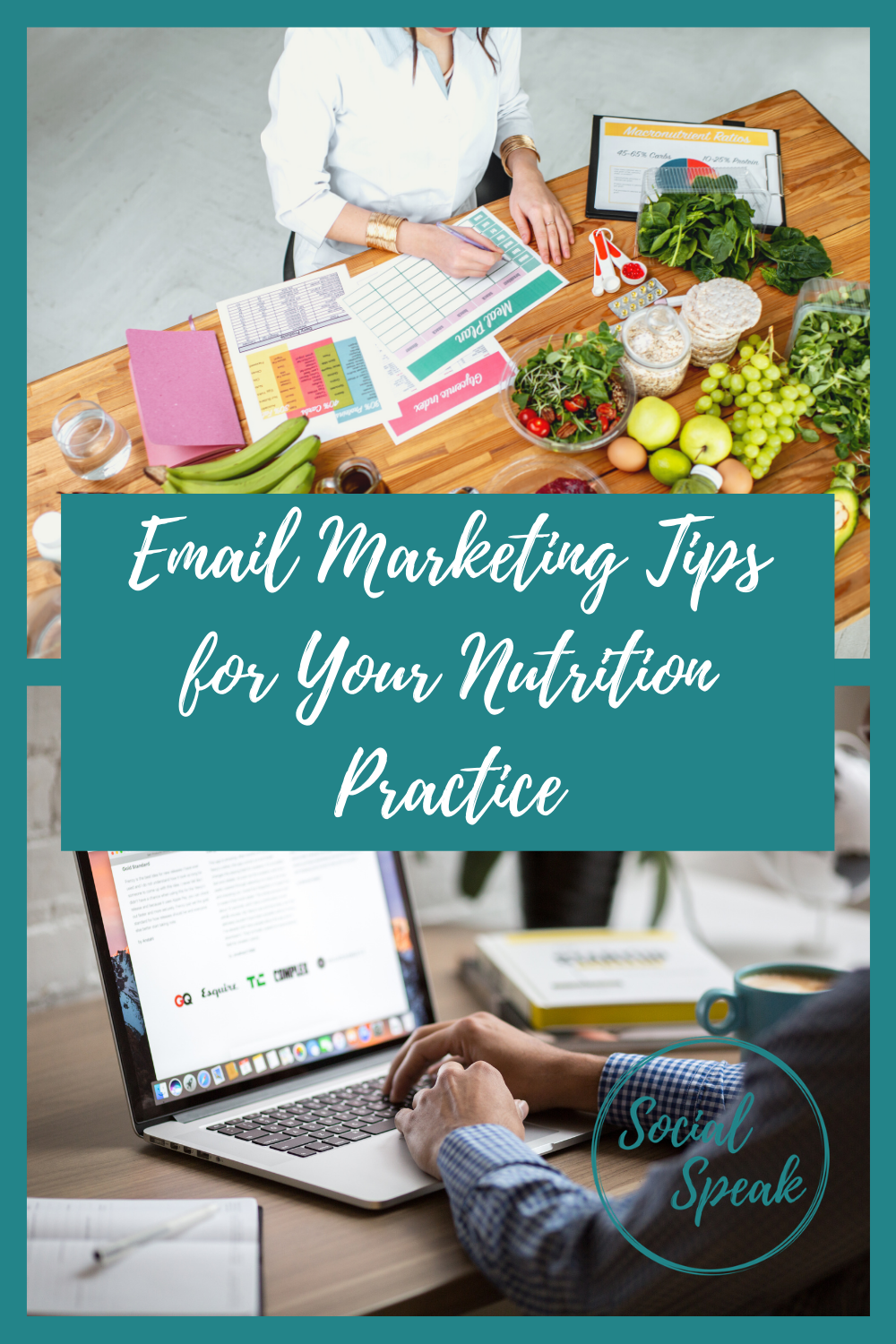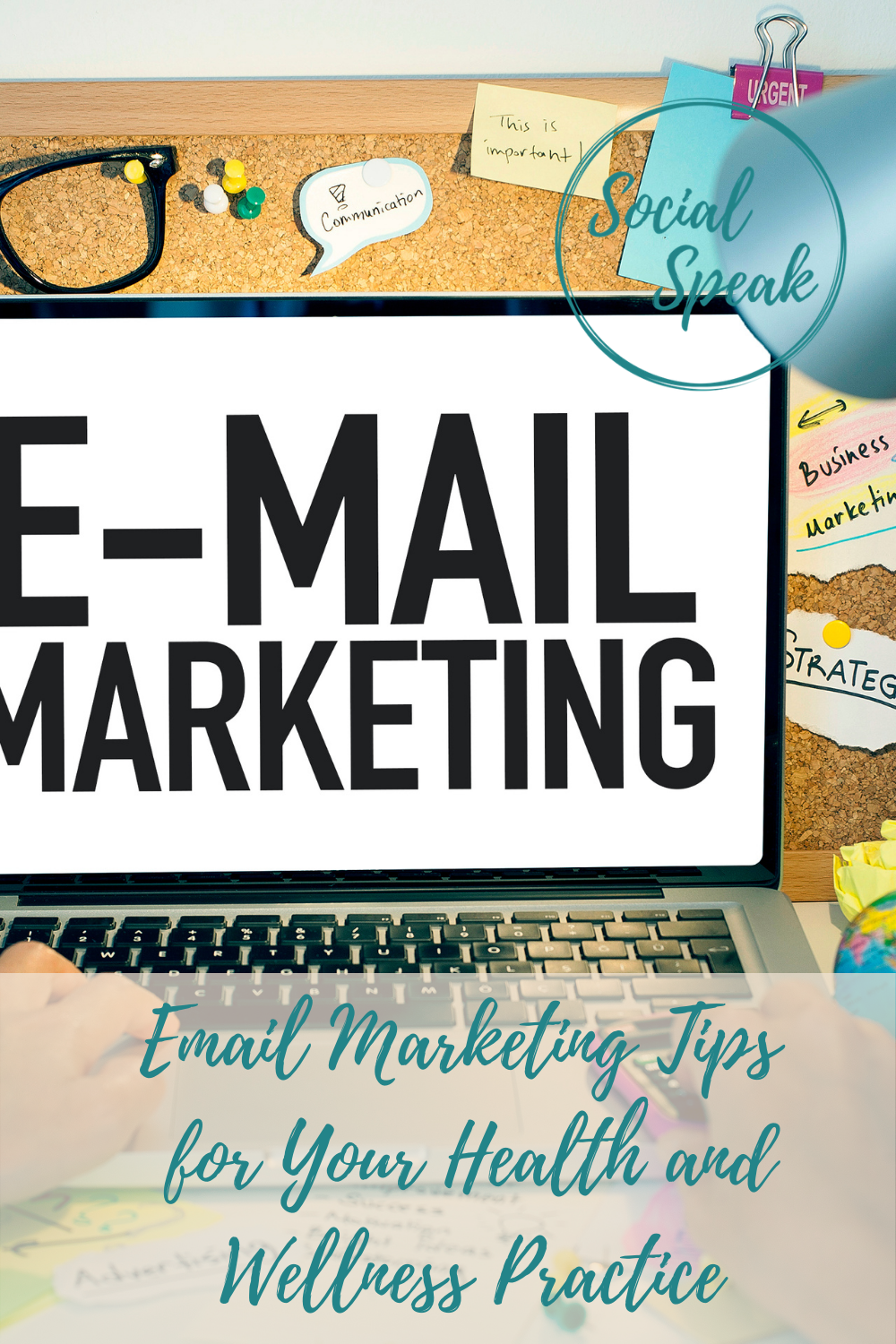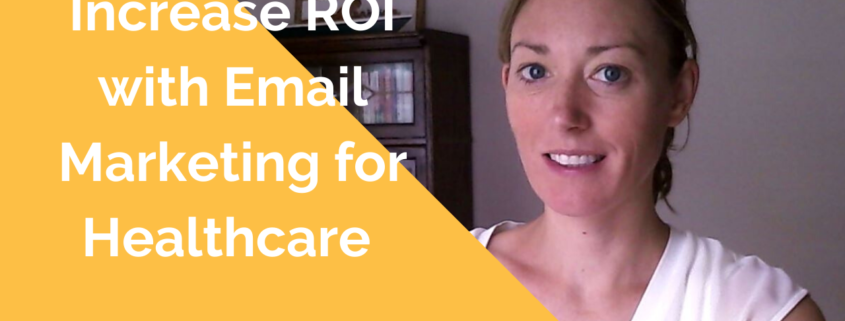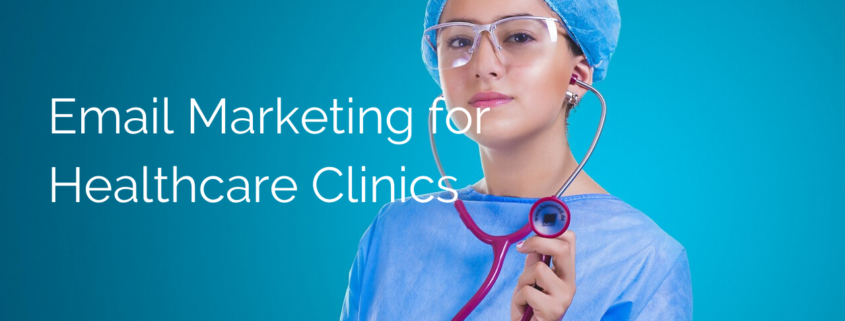October may feel quiet, but for small business owners, it’s the month to gear up.
The holiday season is just around the corner, and with it comes a flood of customers, campaigns, and competition. Whether you sell products or services, these last few months of the year can make a big difference in your bottom line.
The good news? You don’t need a huge marketing team or budget to stand out. You just need to plan early and execute smart.
Here’s a simple, practical checklist to help you plan ahead, boost sales, and stay one step ahead of your competition.
1. Refresh Your Brand Presence
First impressions matter, especially during the holidays when shoppers are comparing options faster than ever.
Start by checking the basics:
✅ Is your website updated?
✅ Are your hours, contact info, and product details correct?
✅ Do your visuals still represent your brand well?
This is also a great time to give your website and social pages a little festive refresh. Add a holiday banner, tweak your colors, or update your profile picture with a touch of festive cheer.
And don’t forget about mobile optimization. Most people browse and buy straight from their phones. If your site isn’t mobile-friendly, you could be losing sales before customers even reach checkout.
💡 Pro Tip: Update your homepage headline or hero image to reflect the Season. Even a small festive element makes your business feel active and current.
2. Plan Your Holiday Promotions Early
Last-minute marketing is stressful marketing. Start mapping out your promotions now so you can focus on selling later.
✅ Decide what to offer. Will you give discounts, create bundles, or offer a limited-time product or service?
✅ Pick your key dates. Mark your calendar for Black Friday, Small Business Saturday, and Cyber Monday. If you’re targeting local customers, think about community events too.
✅ Prepare your marketing materials. Get your promo graphics, ad copies, and landing pages.
💡 Pro Tip: Don’t rely only on discounts. Focus on adding value instead, like free gift wrapping, early access, or loyalty rewards. These build excitement without cutting too deep into your profit.
3. Create a Holiday Content Calendar
Consistency beats chaos every time. Plan your content in advance so you’re not scrambling to post at the last minute.
Create a simple calendar that outlines:
✅ What you’ll post each week
✅ Which platforms you’ll use
✅ Key dates or holidays to highlight
Include a mix of posts like product features, customer stories, gratitude messages, and even behind-the-scenes peeks of your team preparing for the Season. These make your brand more relatable and human.
And remember, you don’t have to post every day, just stay consistent. Scheduling tools like Meta Business Suite, Later, or Canva’s planner can help automate your posts.
💡 Pro Tip: Add fun themed days like “Thankful Thursday” or “Customer Appreciation Day.” They’re great for engagement and brand personality.
4. Optimize Your Ads for the Season
Ad competition heats up fast during Q4, and costs often rise, so every click needs to count.
Take time to revisit your ad strategy:
✅ Are you targeting the right audience?
✅ Does your copy use holiday-related keywords like gift ideas, Christmas sale, or holiday must-haves?
✅ Do your visuals reflect the Season and your brand vibe?
Run A/B tests early to see what performs best before you increase your ad spend. And don’t forget to retarget website visitors or past customers. These are your warmest leads who may need a slight nudge to come back.
💡 Pro Tip: Set aside time each week to review your ad performance. A few small tweaks can double your results.
5. Prepare Your Email Marketing
Your customers’ inboxes will be full, but great emails still get noticed.
✅ Segment your list. Send personalized emails to returning customers, new leads, and VIP buyers.
✅ Plan your sequence. Think teaser → launch → reminder → last call → thank you. This builds excitement and urgency.
✅ Make it festive. Use holiday visuals, short copy, and a warm tone that feels personal.
✅ Don’t forget your post-holiday email. Thank your customers and share what’s next—this builds loyalty beyond December.
💡 Pro Tip: Reward your best customers with early-bird access. Everyone loves feeling like an insider.
6. Strengthen Customer Experience
Big brands can outspend you, but they can’t outcare you. This is where small businesses shine.
✅ Train your staff. Expect more orders or inquiries this holiday season? Make sure your team is ready to respond quickly and kindly.
✅ Simplify the buying process. Reduce clicks at checkout, add clear “Buy Now” buttons, and display your shipping and return policies clearly.
✅ Add personal touches. A short thank-you note, a small freebie, or a friendly follow-up message can turn one-time buyers into loyal fans.
💡 Pro Tip: People may forget your discounts, but they’ll always remember how you made them feel.
7. Analyze, Adjust, and Celebrate
Once the Season is over, take a moment to track and analyze your data.
Look at what worked well:
✅Which products sold fastest?
✅ Which ads performed best?
✅ What feedback did customers give?
Document everything while it’s fresh in your mind. It’ll save you time next year. And don’t forget to celebrate. Take a moment to appreciate how far you’ve come.
💡 Pro Tip: Schedule a quick team meeting or send out a “holiday wins” email. Recognition goes a long way in keeping morale high.
Final Thoughts
The holiday season can be overwhelming, but it doesn’t have to be. With a bit of planning and a clear strategy, you can turn this time of year into your most profitable (and enjoyable) Season yet.
Need help creating a holiday marketing plan that drives real results? Our team can help you design campaigns that sell and stay true to your brand.
Schedule a free consultation today.

